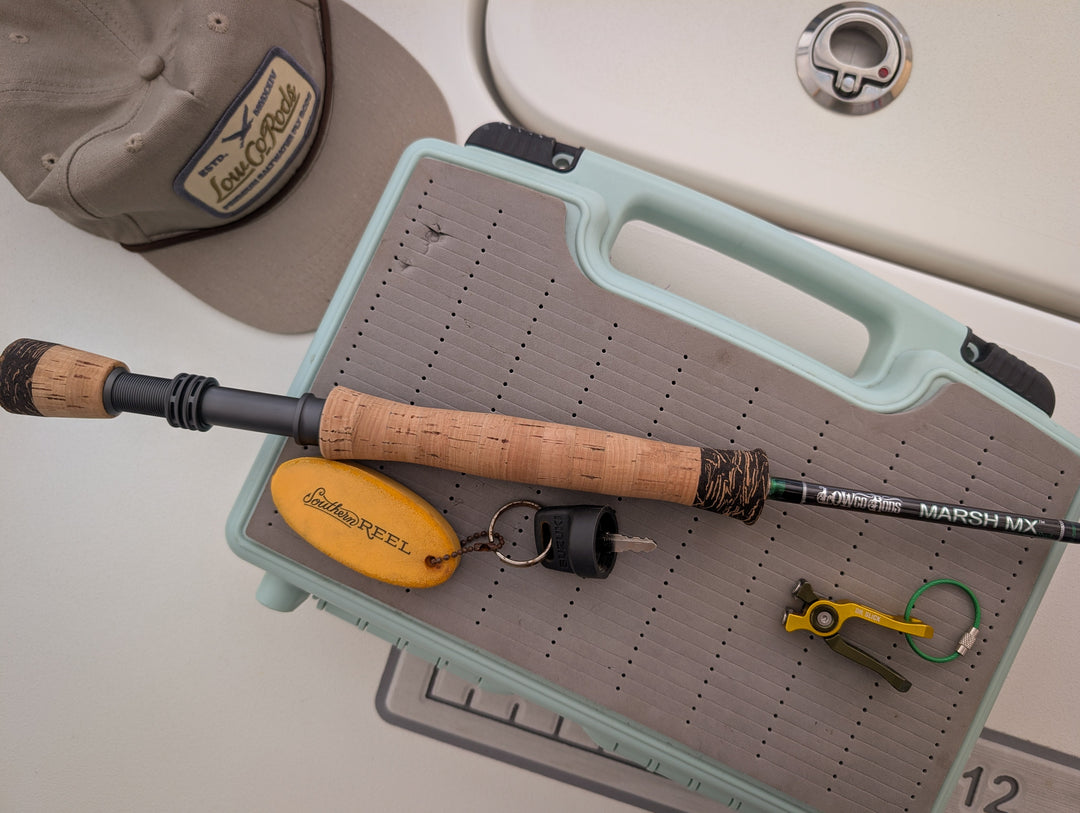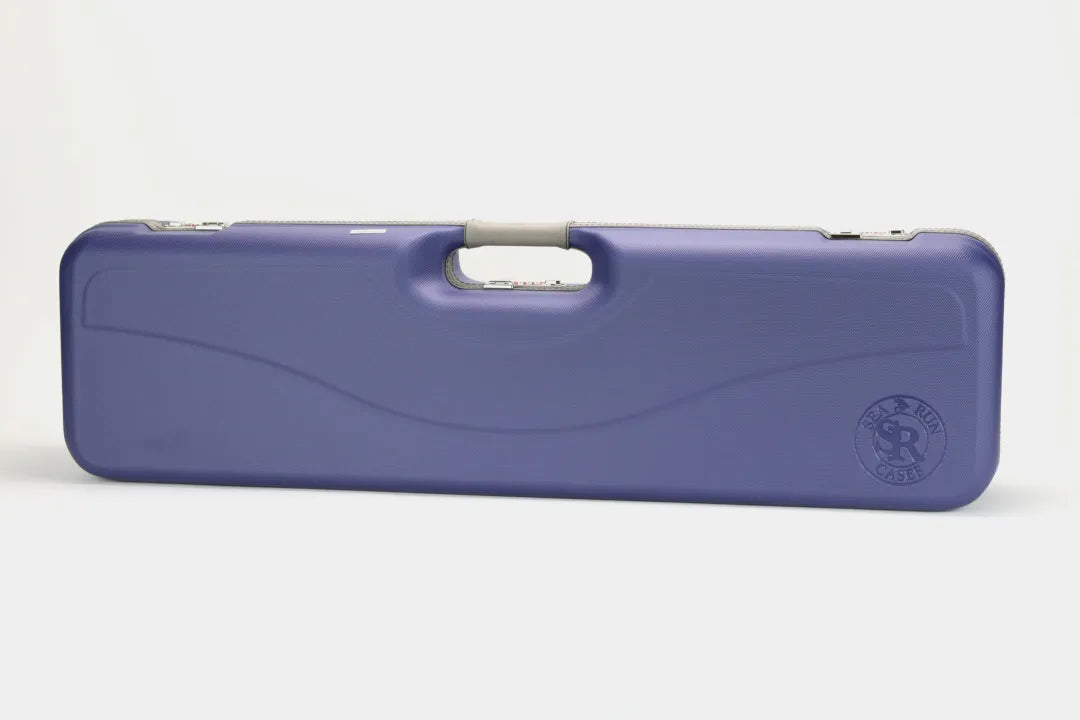Unveiling the Thrills of Saltwater Fly Fishing for Legendary Redfish in the Lowcountry.

Welcome to the enchanting Lowcountry, where the marshes teem with life and the angling opportunities are as diverse as the landscape itself. In this guide, we'll explore the exhilarating world of fly fishing for redfish during low tide—a pursuit that combines skill, strategy, and an intimate connection with the tidal rhythms of the region. Join us as we uncover the secrets to success in targeting these copper-hued bruisers amidst the stunning backdrop of South Carolina and Georgia's coastal marshes.
Understanding Low Tide Redfish Behavior
Redfish, also known as red drum, are revered among anglers for their strength, resilience, and willingness to take a well-presented fly. During low tide, these majestic fish venture into shallow water in search of forage, making them prime targets for fly anglers stalking the flats. As the tide recedes, redfish congregate in tidal creeks, flats, and oyster beds, where they voraciously feed on shrimp, crabs, and baitfish.
Best Locations in the Lowcountry
The Lowcountry region of South Carolina and Georgia is blessed with an abundance of pristine estuarine habitats that provide ideal conditions for redfish. From the expansive marshes of Charleston to the winding creeks of Savannah, there are countless opportunities to pursue these prized gamefish. Look for shallow flats, grassy shorelines, and oyster bars that are accessible during low tide, as these areas often hold concentrations of feeding redfish.
Tackling the Challenges
Fly fishing for low tide redfish presents its own set of challenges, requiring stealth, precision, and patience. When the water levels drop, redfish become more wary and skittish, making stealthy approaches essential to avoid spooking them. Opt for lightweight, stealthy flats skiffs or kayaks to access shallow areas without disturbing the fish. Choose flies that imitate the natural prey of redfish, such as crab and shrimp patterns, and focus on presenting them with accuracy and finesse.
Strategies for Success
To maximize your chances of hooking into a low tide redfish, it's essential to understand their feeding behavior and adapt your tactics accordingly. As the water recedes, redfish often congregate in deeper channels and around structure, where they can ambush passing prey. Target these areas with well-placed casts, allowing your fly to sink naturally in front of cruising redfish. Experiment with different retrieves, including slow strips, pauses, and subtle twitches, to trigger strikes from wary fish.
Embracing the Experience
Fly fishing for low tide redfish in the Lowcountry isn't just about catching fish—it's about immersing yourself in the beauty and serenity of these pristine coastal ecosystems. Take a moment to appreciate the sights and sounds of the marshes, from the gentle rustle of the spartina grass to the chorus of shorebirds overhead. Whether you're poling silently through the shallows or wading waist-deep in the mud flats, each moment spent on the water is an opportunity to forge a deeper connection with the natural world.
Fly fishing for low tide redfish in the Lowcountry of South Carolina and Georgia is a pursuit that challenges and inspires anglers of all skill levels. By understanding the behavior of these majestic fish, choosing the right locations, and employing effective strategies, anglers can unlock the thrill of hooking into these copper-hued bruisers amidst the stunning backdrop of the coastal marshes. So pack your fly rod, don your favorite polarized sunglasses, and embark on an unforgettable adventure in pursuit of low tide redfish in the heart of the Lowcountry.
AJ






Leave a comment